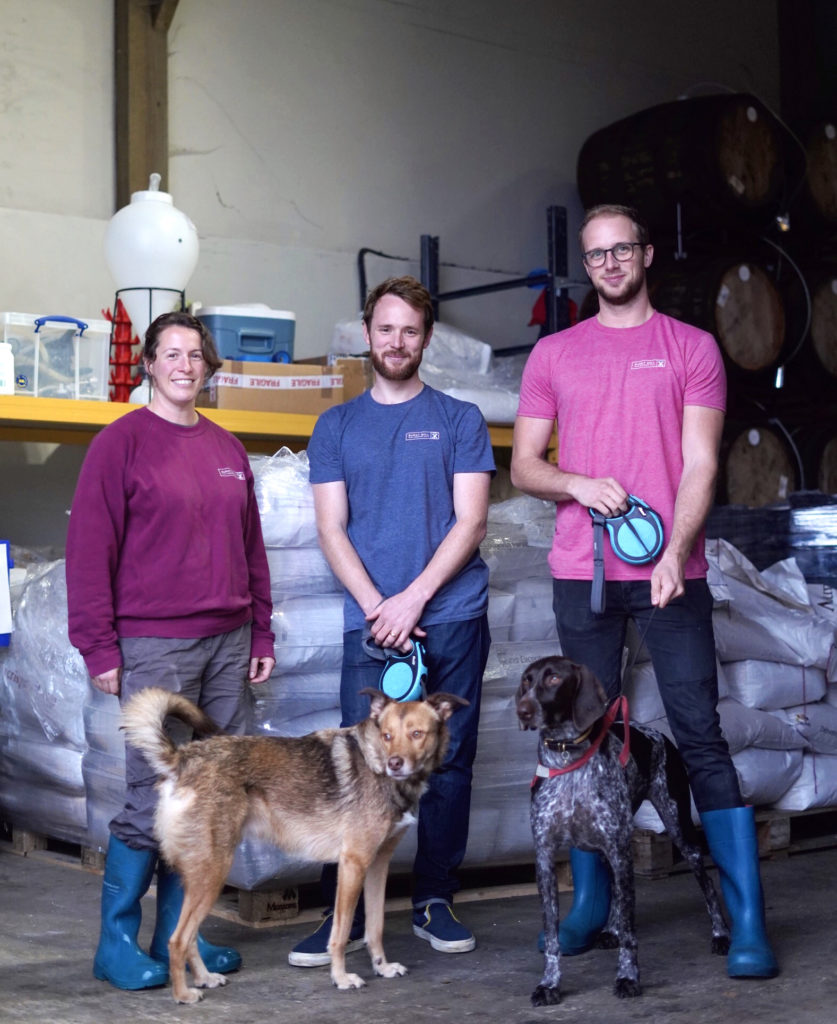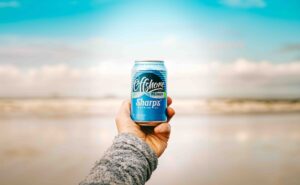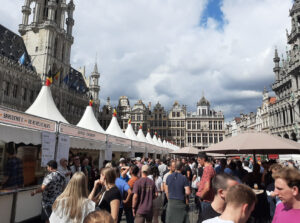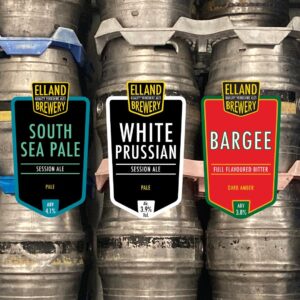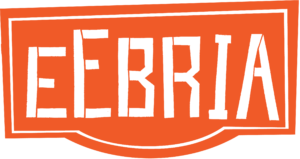The bar that lines the outer wooden wall of the cold store at Burnt Mill’s Suffolk site comprises six taps. It’s a regular occurrence in many breweries and a tempting visage, even it has only just hit lunchtime. But unlike many other outfits, there rests a medal. So considerable in weight and embellishment that it could have fallen out of the back pocket of Usain Bolt or Jessica Ennis.
It’s not framed, or underlit, but simply there in its native glory as a reminder. Because although the team at Burnt Mill have only called this dairy farm home for little more than 18 months, they’ve already worked hard enough to gain recognition. And recognition in the form of being told you are the best new brewer in England via the prestigious RateBeer Awards, so early in your career, is a pretty good way to start.
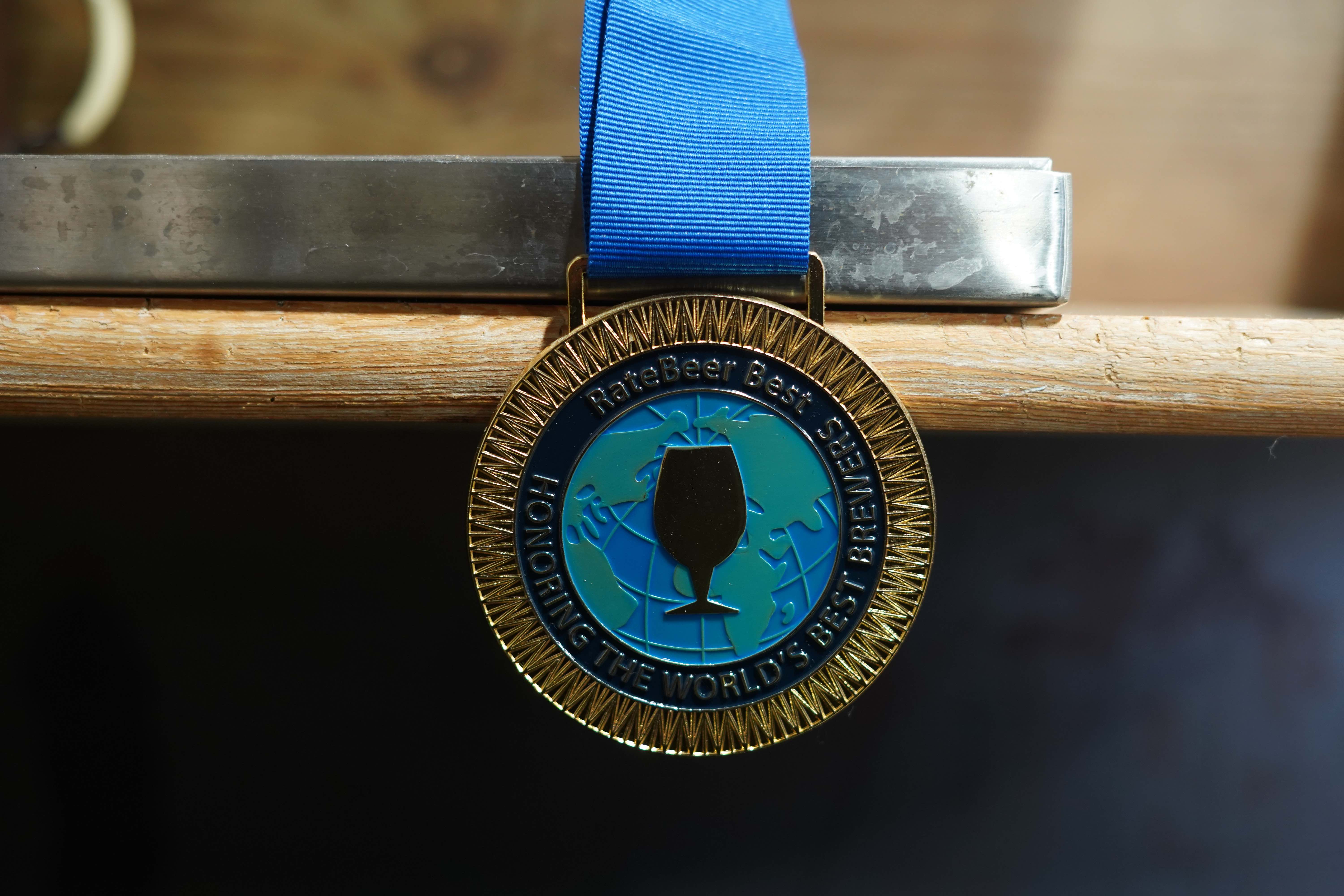
“It was unusual, and obviously a very big surprise to be honest,” explains Charles O’ Reilly, the brewery’s founder and one third of the team at Burnt Mill. “I only ended up finding out when I logged on to the website to see who else had won! There was no way I thought it would be us.”
O’Reilly, along with head brewer Sophie de Ronde and brewer Sean, knows such an accolade is excellent recognition of the beers the brewery has been producing. They’re rightfully proud, but it’s also clear that there was no expectation of acclamation from the team either.
And with that, they’re not going to deviate from their path, which is keeping your head down, work on brewing the best beers you can. Once you’ve done that, and you’re happy, you can release them into the wild and share them with the world.
O’Reilly knew he wanted to move into the world of the beer back in 2011. He moved from being a consumer of beer to someone that would research and learn about it.
“What began as an interest developed into an idea that in some way I had to work in the industry and in the following years through home brewing, production brewing and near constant research the brewery started to come together,” he explains. “Being in London I’d spend a lot of Saturdays in Bermondsey, drinking the beer at source whilst talking to the people who made it. Their willingness to talk about their methods was much of a draw as the beer itself. It’s an attitude that runs through the industry and it’s a big part of what makes it so great to be involved in, whilst also driving it forward.”
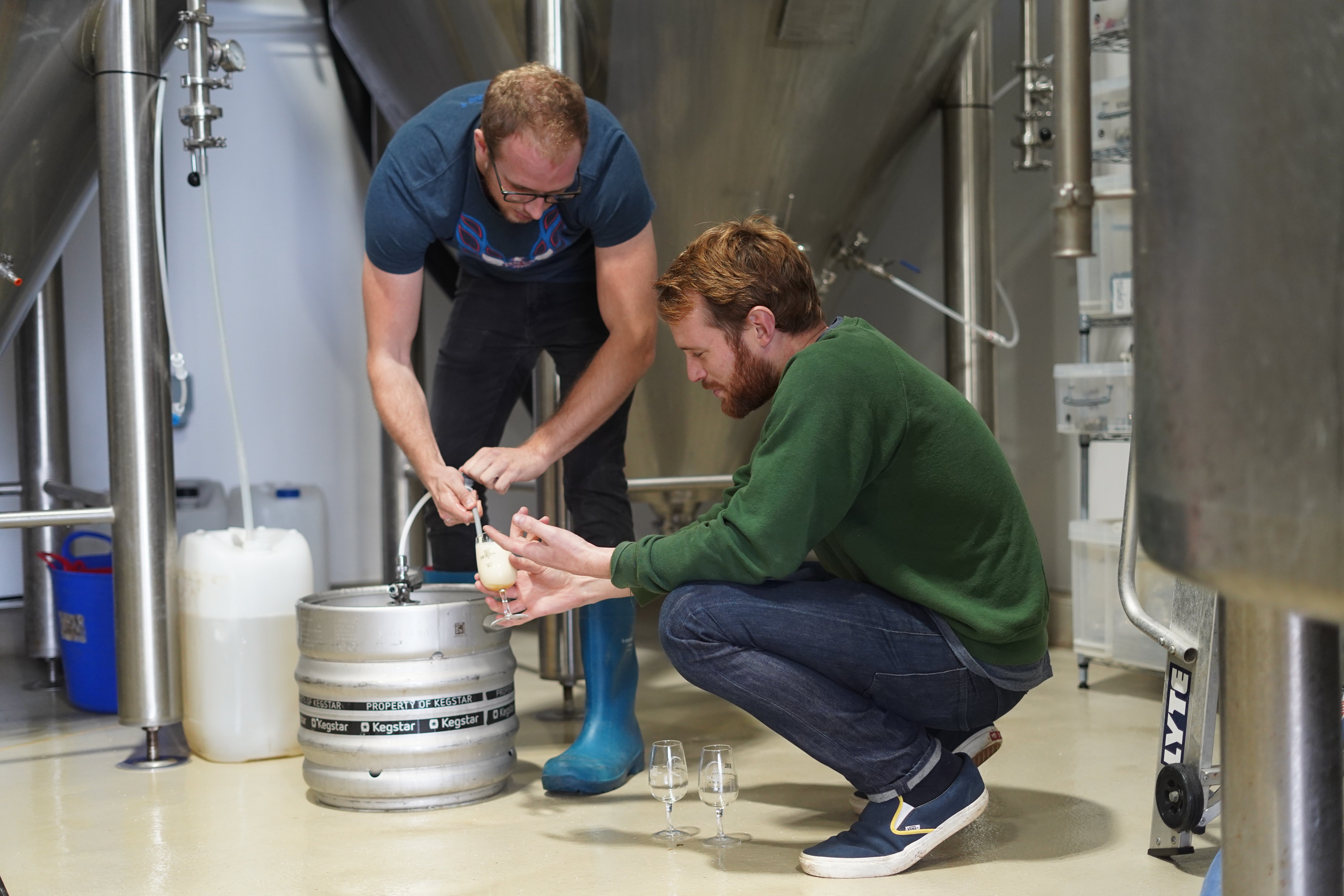
Stints at Canopy and the capital’s London Beer Lab helped refine his focus and give him the experience he was striving for. But he knew he wanted to run his own operation, too. And by 2015, he investigated the idea of starting a contract brewing business.
This looked like the route that would give O’Reilly the foray he desired but fate got in the way. A unit located on the farm belonging to the family of his wife Olivia became available. Located in Badley, Suffolk, it offered good links to London and also elsewhere in the UK. There was a site for them, there just needed to be a new business plan.
Six months was spent formulating this, along with the financials a bank could be approached with. Thankfully for O’Reilly, this went to plan, and he could proceed with the new vision of Burnt Mill.
Before the idea of a brewery in Badley came into fruition, O’Reilly was already familiar with nearby maltster Muntons. He knew he wanted to buy from them, regardless of where he would be brewing. And it was during these visits he met the company’s then brewing technology Sophie de Ronde. Fate would once again be set to play a part in the foundations of Burnt Mill.
“I knew how to brew, but I knew I wanted and needed someone on board with more expertise than me, and someone that could run a production floor,” he explains. Another meeting followed six months and it became clear that de Ronde would be a good fit for Burnt Mill and Burnt Mill a good fit for de Ronde.
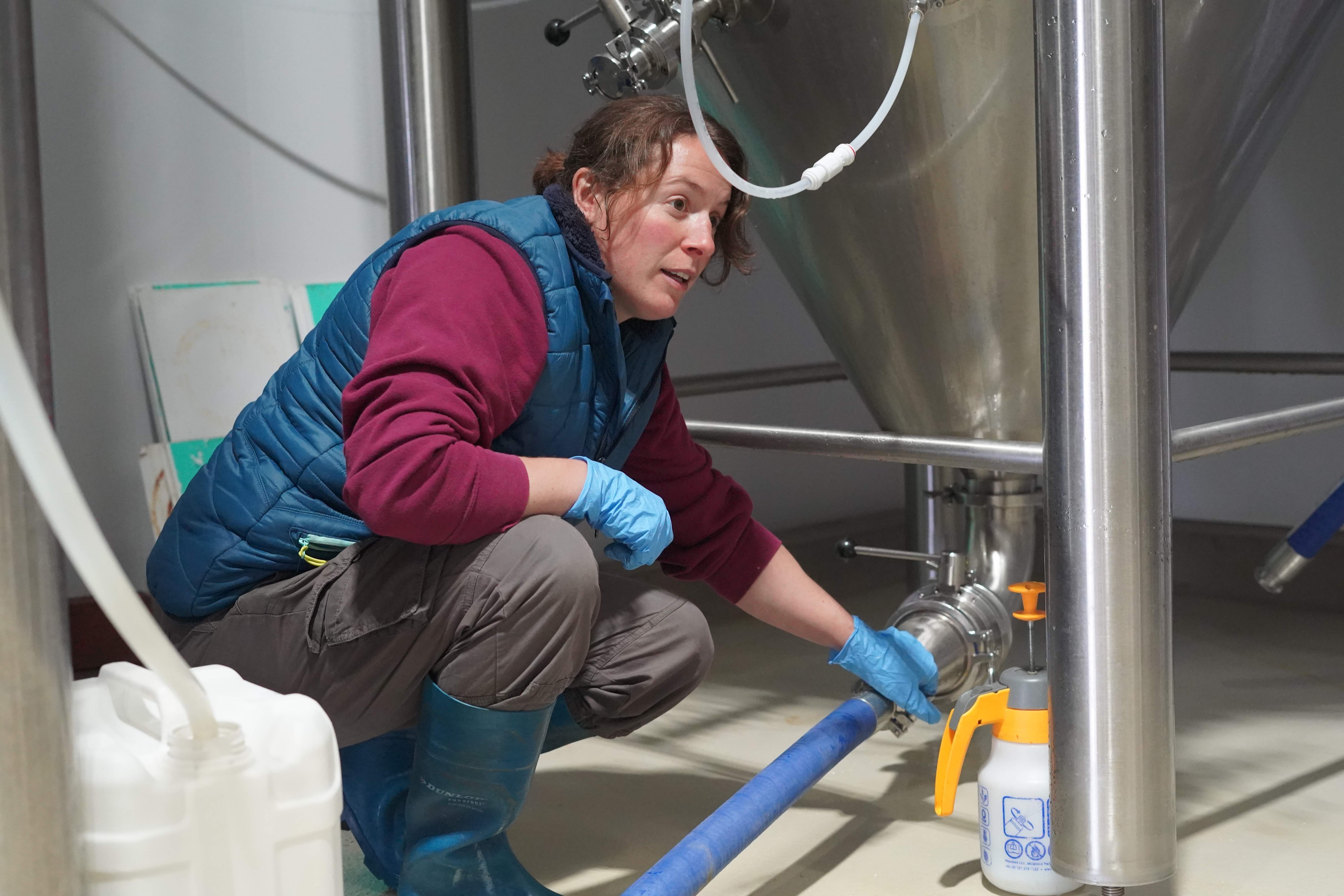
Prior to joining Muntons, de Ronde spent seven years commercial brewing at Brentwood Brewing in Essex. Commercial brewing is something she loves, and something she feels she lost when working for the malt business.
“I loved my time there but I knew I wanted to get back into the commercial side,” she says. “Working on a pilot kit and helping customers trouble shoot was fun, but it didn’t compare to the idea of doing things commercially.”
But it was at Muntons that health issues nearly threatened to put a stop to her involvement in brewing full stop. Health issues led to a period of dietary elimination and it was here, she faced the realisation she was gluten intolerant.
“It certainly made me question whether staying in beer was the right thing for me. Certainly wasn’t ideal,” she smiles. “But I knew I liked my job, and I knew I was good at it, so I wanted to make it work.”
So the opportunity to return to commercial brewing, in a locality she was familiar with, ticked every box and de Ronde joined O’Reilly at what would be Burnt Mill.
“She brings a huge amount of technical knowledge and experience from her previous roles in the industry, having worked across cellar management, production brewing and product development,” he says.
In her role, de Ronde runs the day-to-day brewhouse and cellar operations to help get the best out of the equipment and raw materials with the aim of ever increasing the quality of the brewer’s beers.
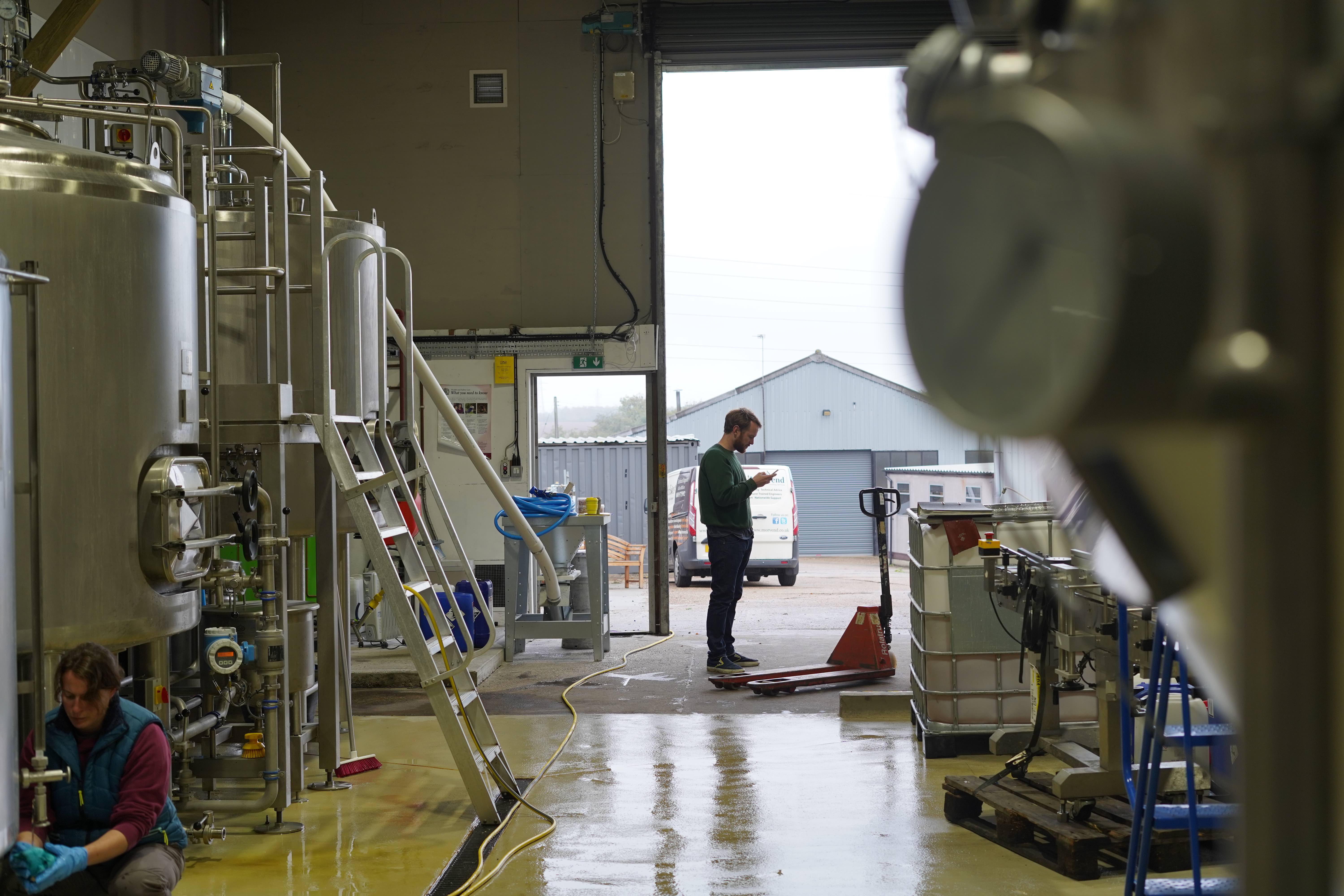 She also ensures the brewery keep experimenting with our output, whether it be on an operational basis or by utilising different grains, new or underused hop varieties and multiple yeast strains.
She also ensures the brewery keep experimenting with our output, whether it be on an operational basis or by utilising different grains, new or underused hop varieties and multiple yeast strains.
An inability to taste the beers she makes has not been a barrier for the development of the beers produced at Burnt Mill. Instead, it has encouraged and increased the level of involvement O’Reilly, and third employee Sean, have in the process.
“We’ve made it work,” says O’Reilly. “We all have input in creating recipes, but I know I’ve become better at identifying flavours, and explaining what I want from different beers as a result. We are all better at communicating that’s for sure.”
De Ronde adds: “We understand each other’s language better when it comes to beer. Most of things you can taste in beer you can smell so we’re making it work. And making it work well.”
She explains that working at Muntons has proved to be a great help in her current position thanks to the number and variety of malts she tasted and brewed with in that time.
“So when it comes to discussing the the malt backbone we want from a beer, I have a good idea of what to pick from what’s out there,” adds de Ronde.
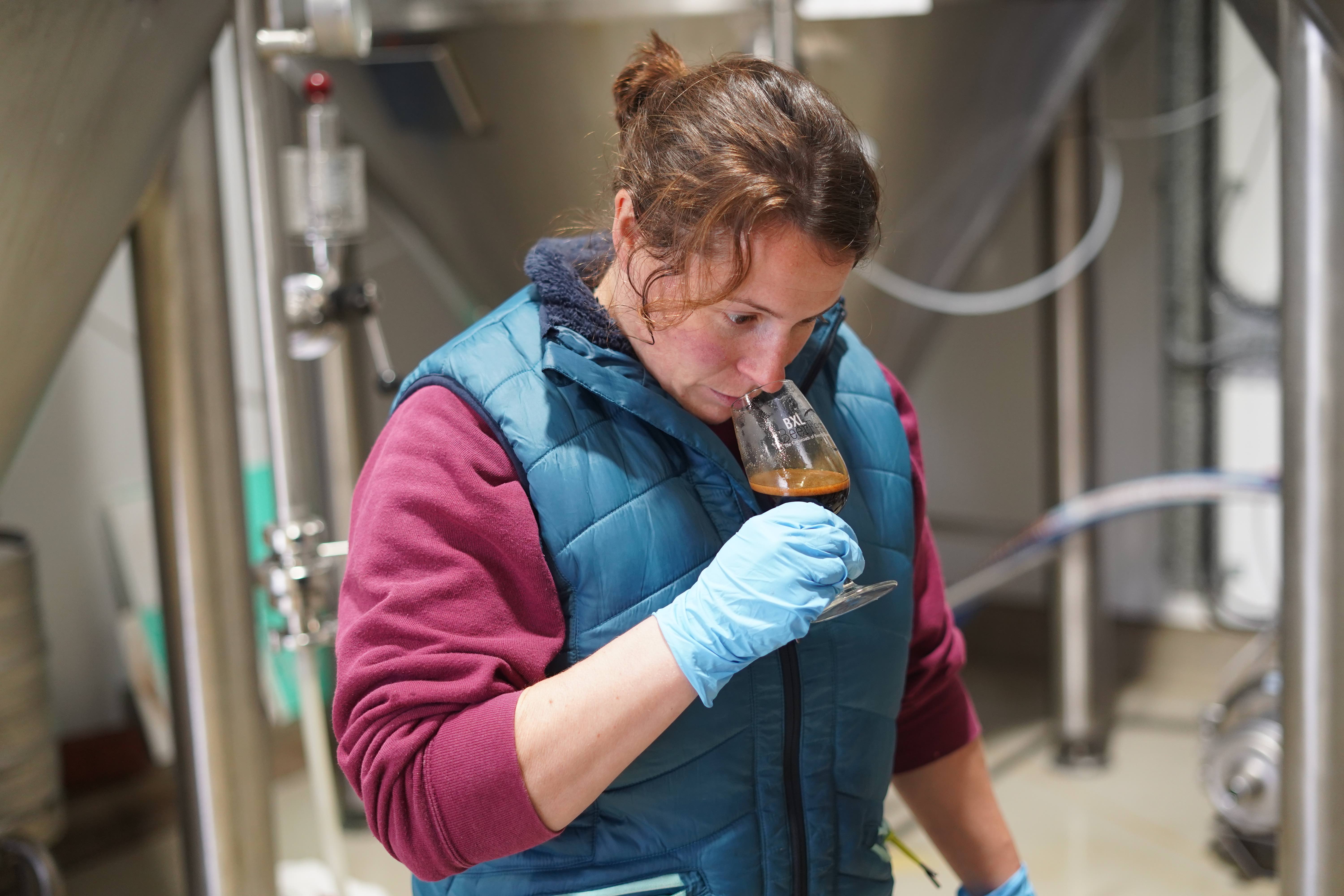
Beers are produced on a 15bbl brewhouse from Gravity Systems. Housed in the brewery’s 2400sqft barn, O’Reilly knew he wanted a considerable setup from day one, and for good reason.
“When it came to specifying the type of kit we wanted I adopted the mentality that if you’re planning on doing something well, you should plan around that. Otherwise if demand increases and you’re on a smaller kit, you won’t be able to meet those volumes and you’ll burn yourself out doing it,” he explains.
And starting with distributing kegs from the back of a car has developed into the need for two new tanks that will give the brewery much-needed capacity less than two years into its time at the farm site.
The brewhouse gives the team a single brew length of between 25 and 50HL and the addition of the tanks will provide that desired increase in capacity. But if capacity was to increase again on site, it would require the removal of their current coldstore to a nearby site.
The popularity of beers such as Pintle and Green Path have led to this early need for more capacity.
Pintle, which accounts for around 30% of their volumes, is a Pale Ale brewed with wheat, oats and flaked barley in the grist to smooth out the body. Whirlpooled and dry hopped with Australian Cascade and Citra, it boasts a restrained bitterness and dry finish.

Collaborations have also been a major facet of Burnt Mill’s identity and recent collaborations with brewery’s such as New York’s Finback have proved a hit.
Swimming Giants is an 8% Double IPA that comprises Pils, Super Pale, Flaked Maize and Wheat in the grist. It us then whirlpooled with Citra and Idaho-7, fermented with London Fog Yeast and then extensively dry hopped with Denali, Idaho-7 and Nelson Sauvin.
These are just a brief snapshot of the 20-plus beers the brewery’s had put out to date. They complement produce as diverse as an Imperial Stout or a Pineapple Gose. The brewery has also started its own barrel-ageing programme, steered by brewer Sean.
“I suppose you could say my early inspirations brewing at home were from Belgium. I soon realised that limitations plastic fermenters would have on buy ability to produce IPA so it was clear that the esters of Belgian styles was the way forward,” he laughs.
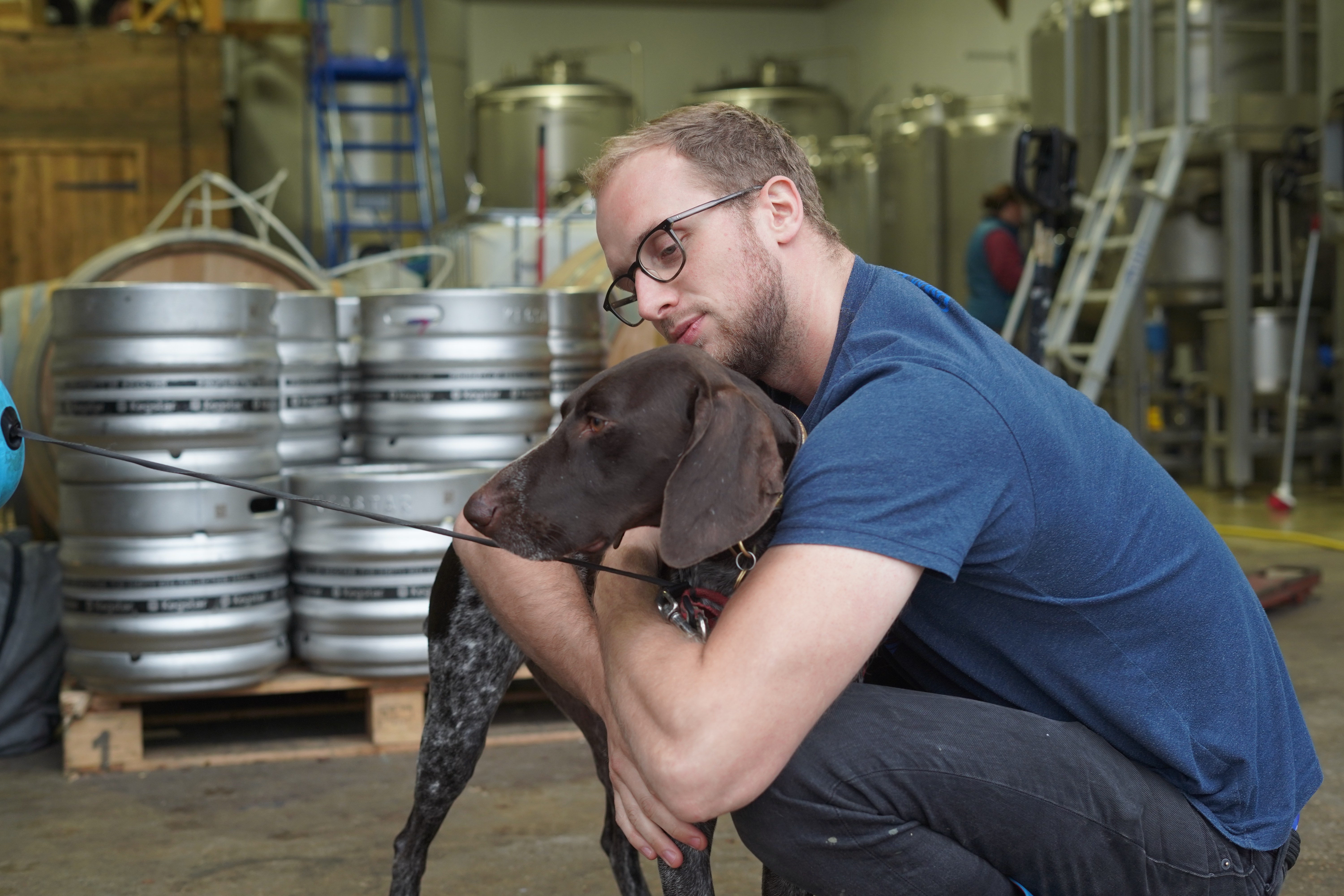
Such experiences led him to stints at brewery’s such as The Kernel, the venerable London outfit that has inspired so many aspiring brewers to start their own operations.
“The main thing when it comes to barrels is having faith in your own processes,” he says. “You need to guarantee things won’t go badly, but also to be happy in what you produce because you’ll encounter a lot of deviation. That’s fine, as long as the quality is there to underpin it all.”
Imperial Stout awash with molasses is currently resting in a raft of Bourbon barrels at the brewery, while barrels from Italy and France house a Saison base that he pitches with Brettanomyces and bacteria.
Sean also has grand plans for a coolship that can feed into the brewery’s ever-increasing army of barrels. But for now, it’s a case of walking before you can run when it comes to the space they have.
But for de Ronde, irrelevant of style, it’s the quality focus that she has at the top of her agenda.
“Quality needs to come first,” she says. “Too many breweries are setup without this as their core focus and that needs to change. It’s something of a reality check when you visit the US and regardless of size, every brewery will have some level of laboratory to work with.

And it’s something O’Reilly and the team have adopted from day one.
“Looking at those who have inspired us, the focus was always quietly to get the quality right and to see where that can take you,” he explains. “We needed to get the beer right, and get it consistent, before going out into the wild.
“It’s fine to have great branding, but you need to have great, consistent beer to back it up. The breweries we admire the most put quality first and everything follows on from that. If we can do the same, then we’ll be doing ok.”

